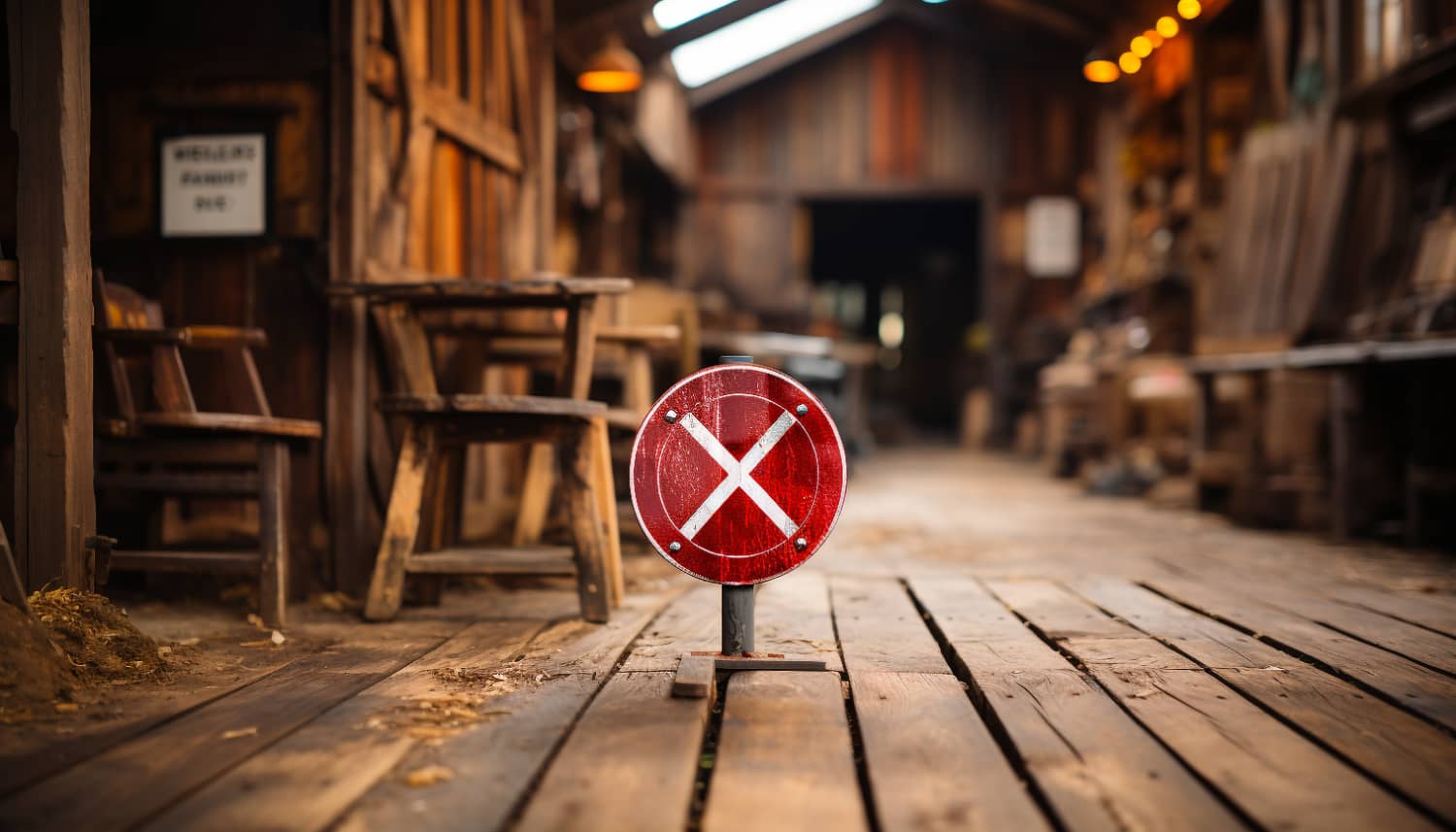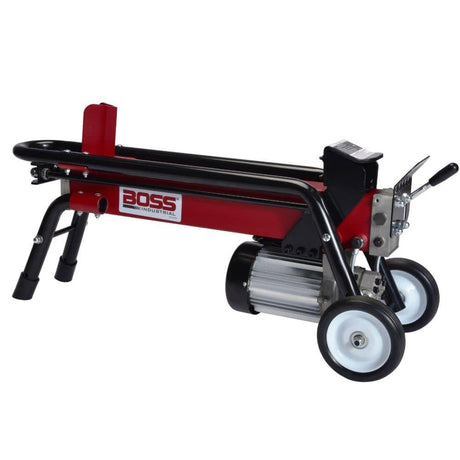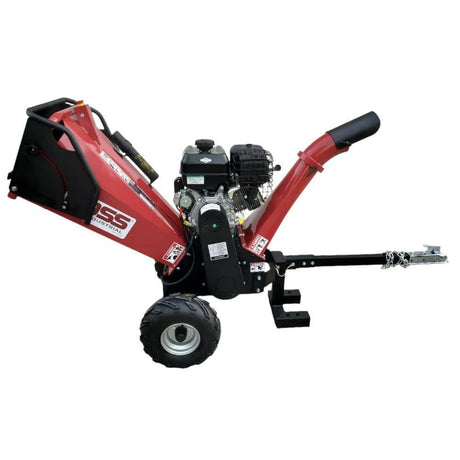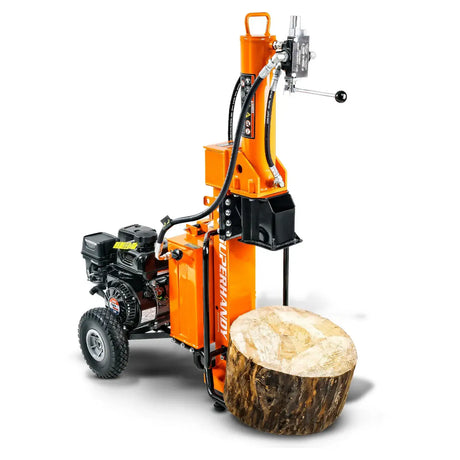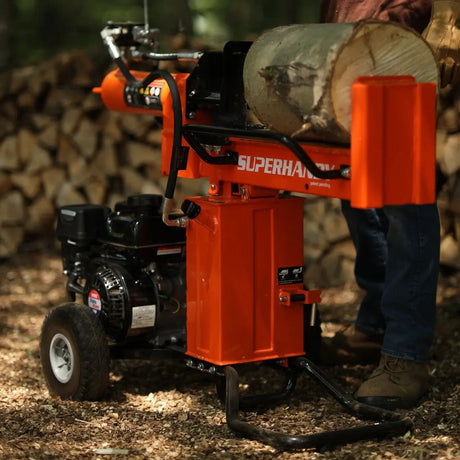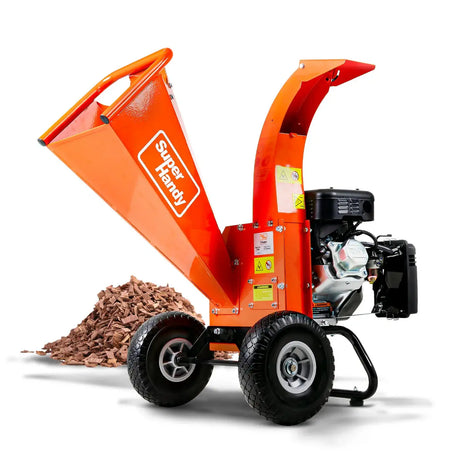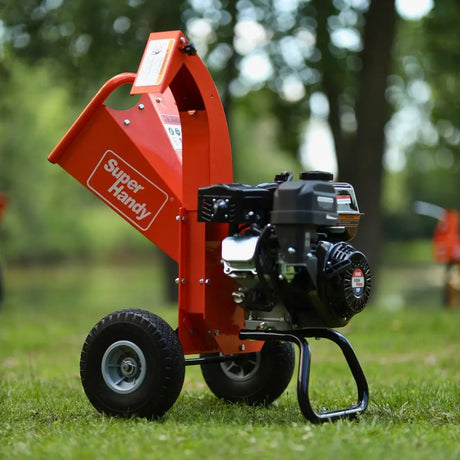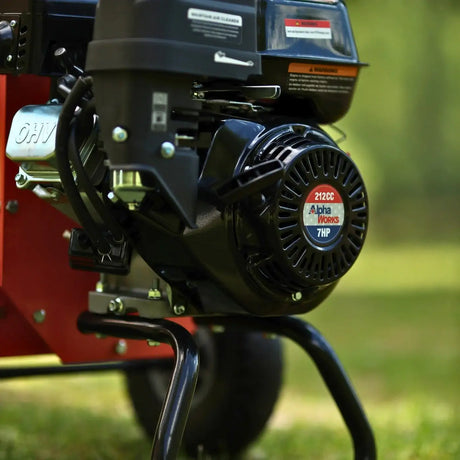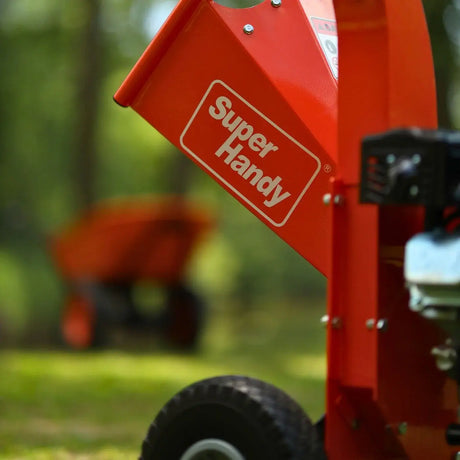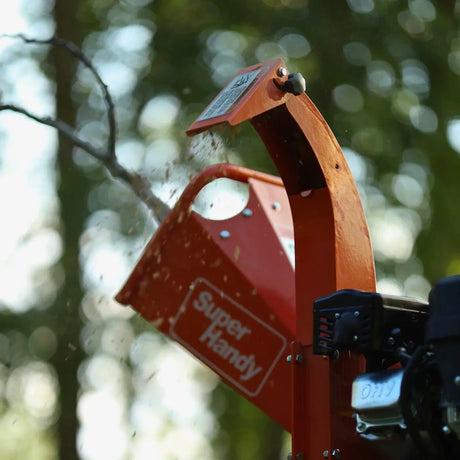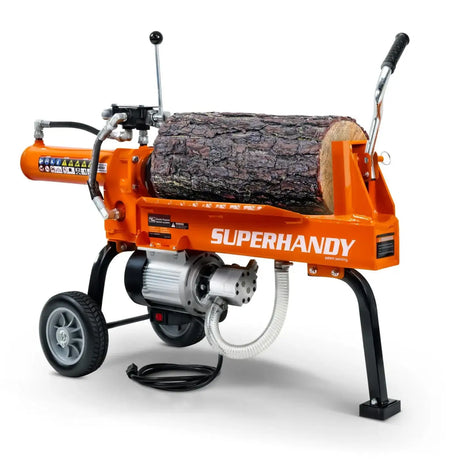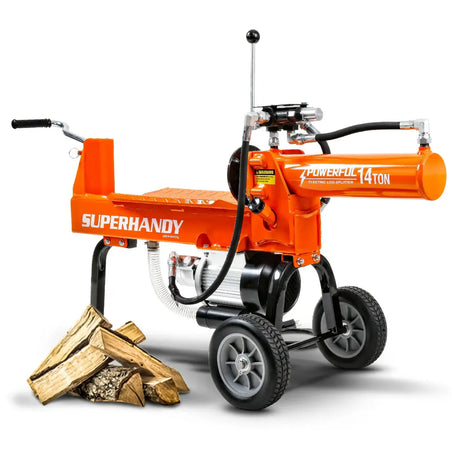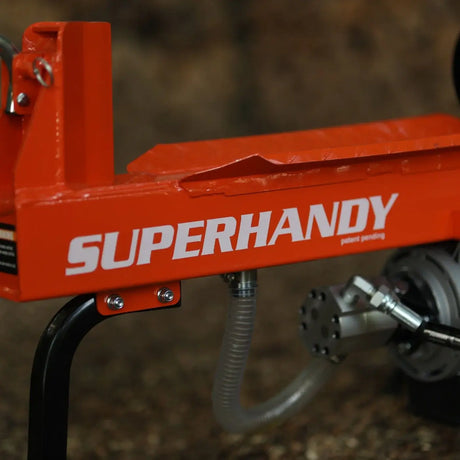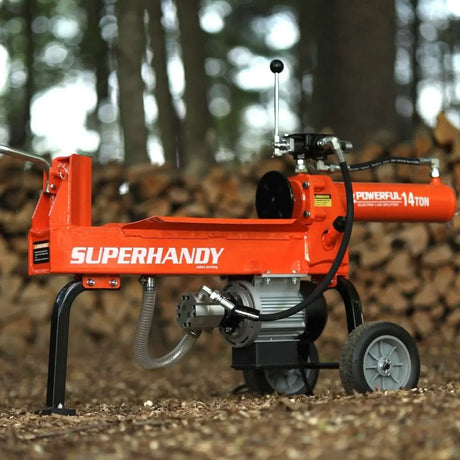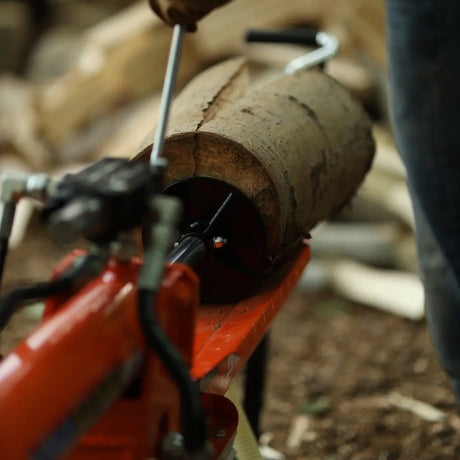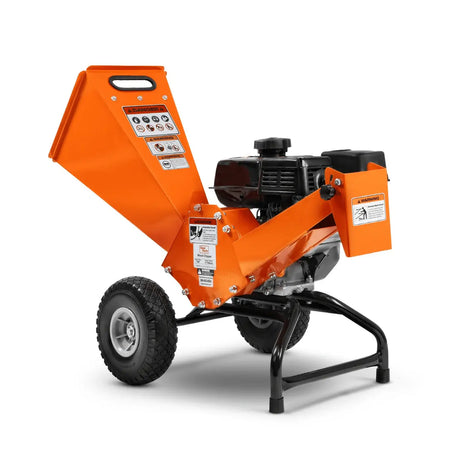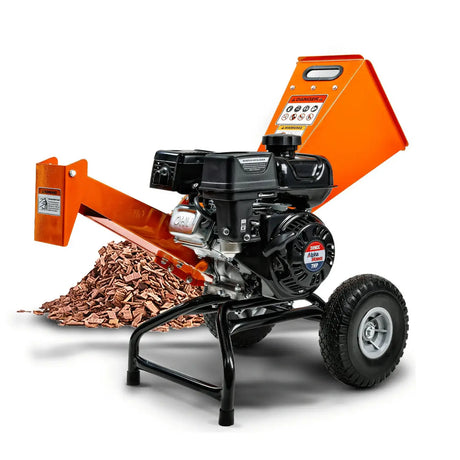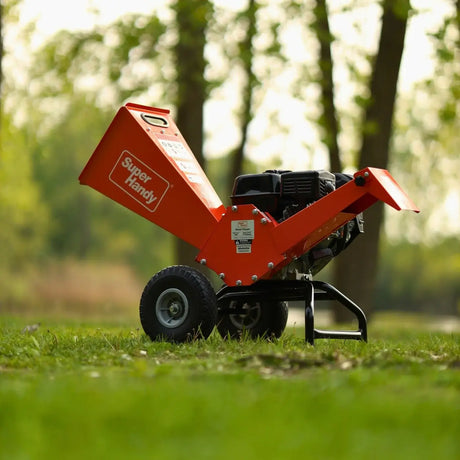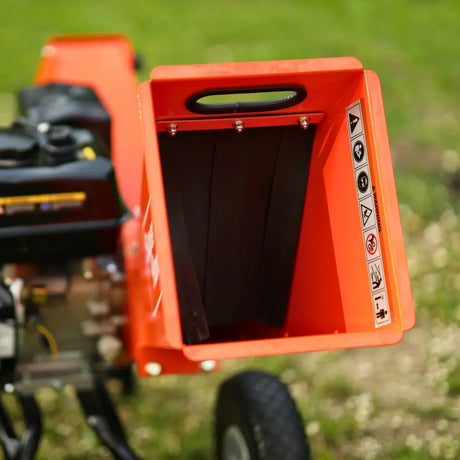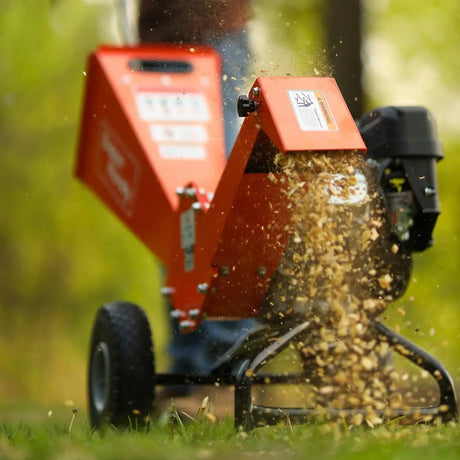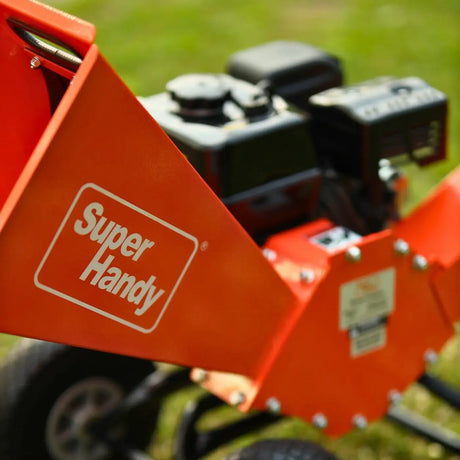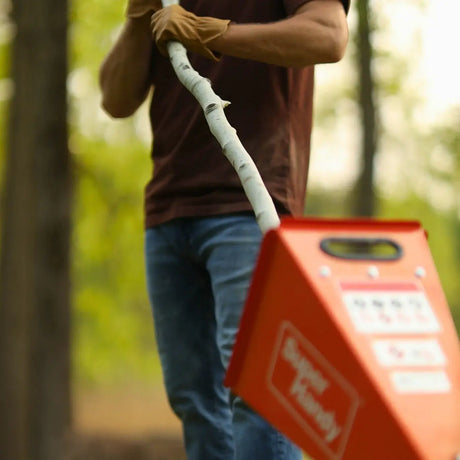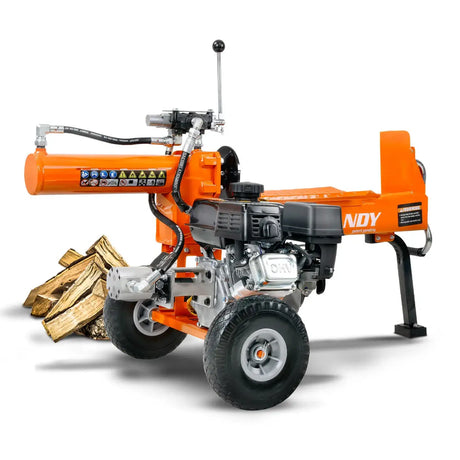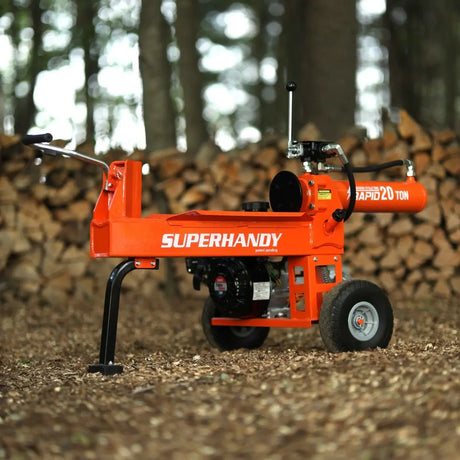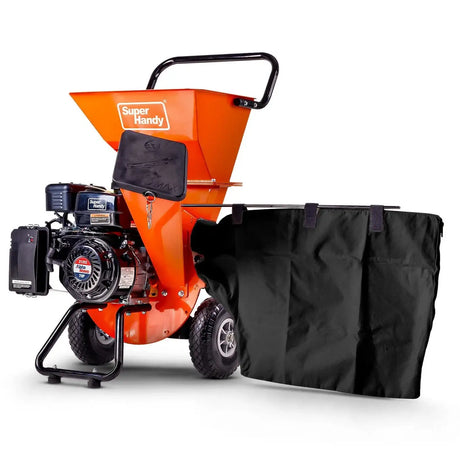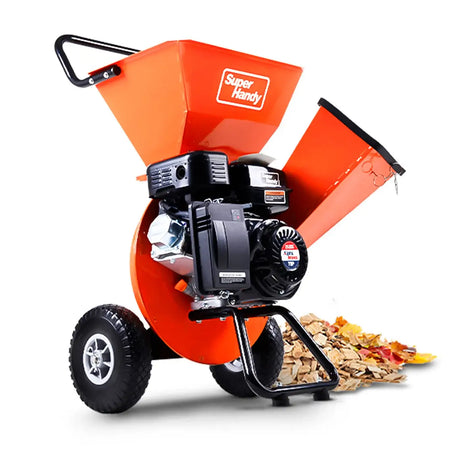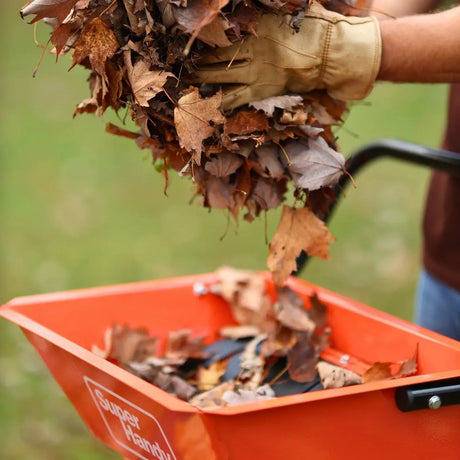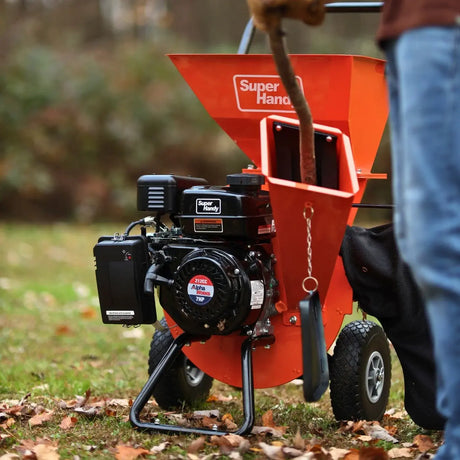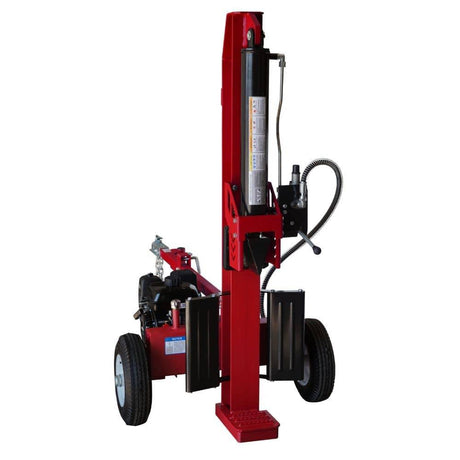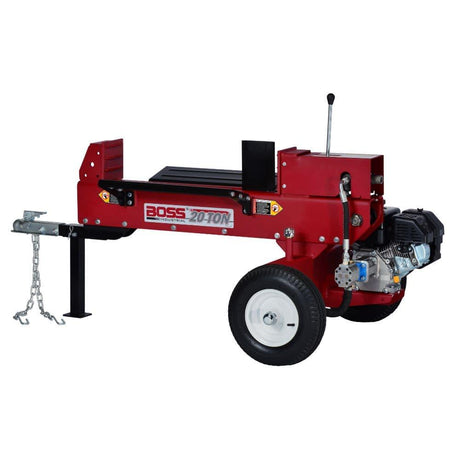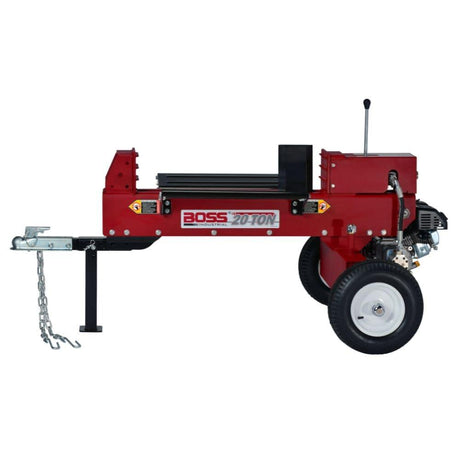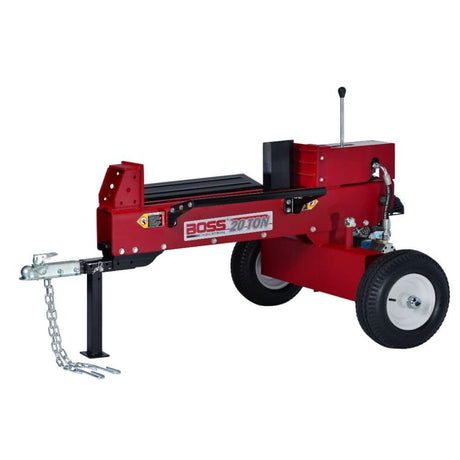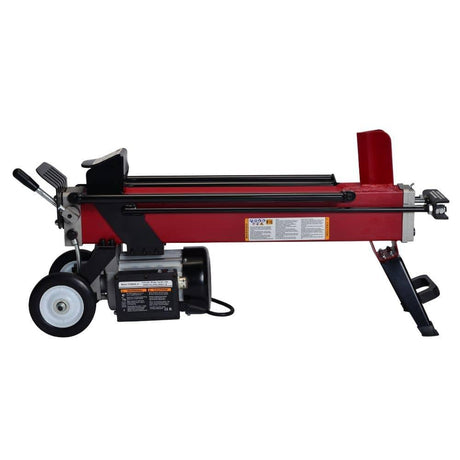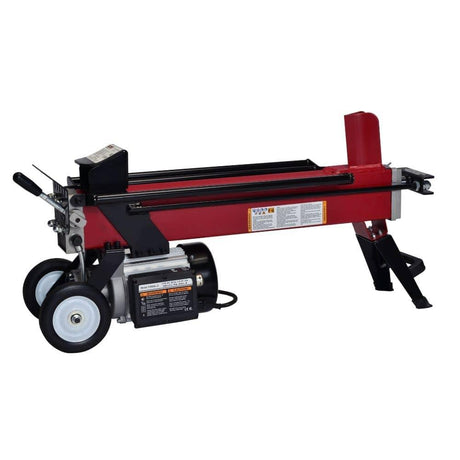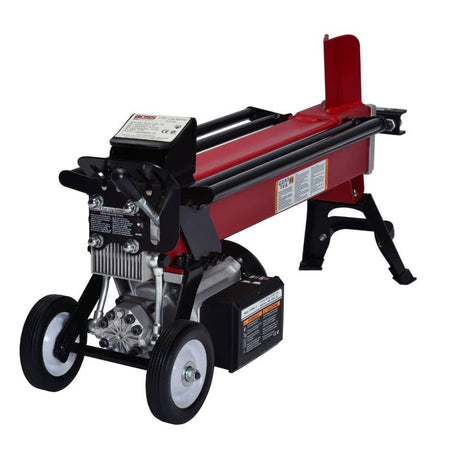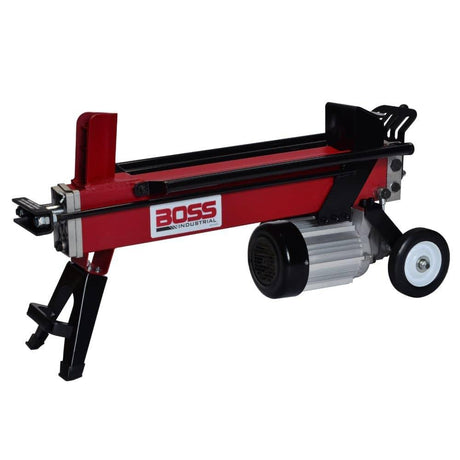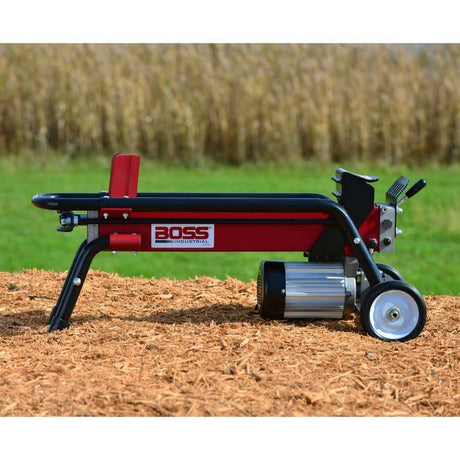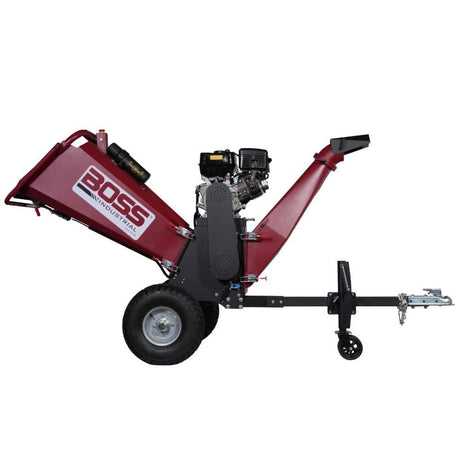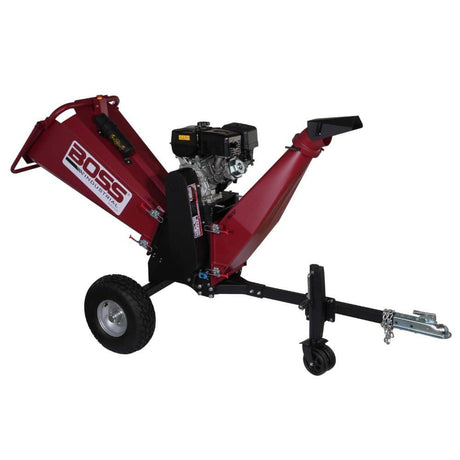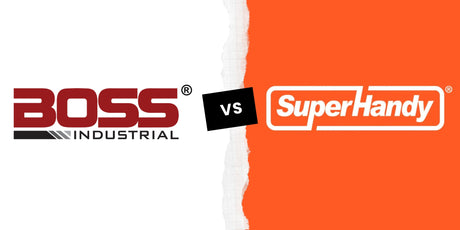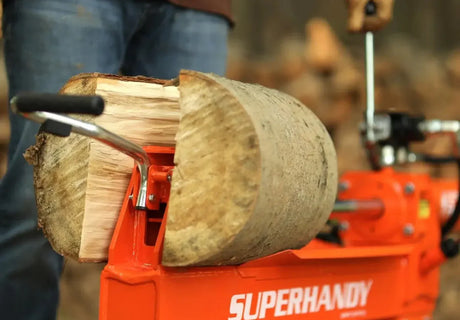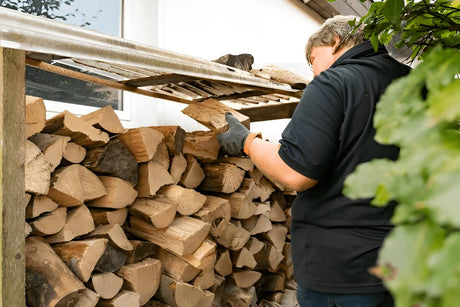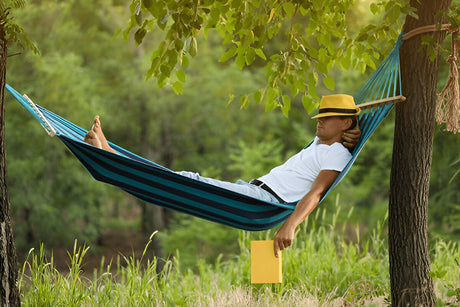Why It Matters: What You Feed Into Your Wood Chipper Can Make or Break It
If you've got a pile of branches to clear, a wood chipper or shredder can feel like a magic machine. But here's the truth most people learn the hard way-what you feed into it matters just as much as the machine itself. Put the wrong stuff in, and you could end up with:
- Bent or shattered blades
- A seized engine
- Dangerous flying debris
- Hours of cleanup and repairs
These machines are powerful, but they're not indestructible. And they're definitely not garbage disposals.
For step-by-step help on how to use a wood chipper, see our how to use a wood chipper.
Chippers vs. Shredders: Why Input Materials Matter
Chippers and shredders aren't built the same-and neither is their appetite.
- Wood chippers use sharp knives or blades to slice through thick, dry branches.
- Wood shredders, on the other hand, rely on blunt hammers or flails to mash up softer material like leaves and twigs.
Trying to run leafy greens through a chipper? It'll gum up fast. Toss hardwood into a shredder? You'll likely stall or jam the unit. Knowing your machine's design-and respecting it-is the first step to keeping it running smoothly.
Put the wrong stuff in, and you could end up with bent or shattered blades, a seized engine
Real Consequences: Damage, Downtime, and Dangerous Kickbacks
When something goes wrong in a chipper, it really goes wrong. We're talking more than just frustration:
- Kickback: A knotty log or hard object can bounce back toward the feed chute-fast and unexpectedly.
- Blade damage: One chunk of rock or a hidden nail, and your blade's edge is toast.
- Overheating: Feed it wet or fibrous material, and you'll clog the system and strain the motor.
- Downtime: Repairs take time-and if you're renting the machine or working on a jobsite, that's money down the drain.
The bottom line? Feeding your chipper the wrong materials is like throwing metal in a blender. Sure, it might work for a second… but you won't like the result.

1. Pressure-Treated or Painted Wood
This one catches a lot of folks off guard. You've got some old deck boards or painted trim lying around, and the chipper's right there-seems like a quick cleanup, right? Don't do it. Pressure-treated and painted wood should never go through a wood chipper or wood shredder.
Why Treated Wood Releases Toxic Chemicals
When you chip pressure-treated lumber or painted materials, you're not just breaking down wood-you're releasing chemicals into the air.
- Pressure-treated wood is often soaked in preservatives like arsenic, copper compounds, or other toxins to prevent rot and pests.
- Painted wood, especially older pieces, may contain lead-based paint or synthetic coatings.
Now imagine those chemicals in fine particle form, drifting through the air-or worse, scattered across your yard as mulch. It's dangerous for you, your soil, your pets, and anyone nearby.
Even worse, those toxins can coat your chipper's internals, leading to long-term corrosion or unsafe buildup around the blades.
What to Do Instead: Proper Disposal Options
Instead of chipping it, here's what you should do:
- Local landfill or waste facility - Most have special guidelines for treated or painted wood.
- Construction waste services - Some areas offer pickup or drop-off points for treated lumber.
- Check local regulations - Every county has its own rules for disposing of chemically treated materials.
Bottom line: A wood chipper is meant for organic yard waste-clean, raw branches and limbs. Treated wood is a whole different beast. Don't risk your health (or your chipper) trying to shortcut it.

2. Wet, Green, or Leafy Materials (in Large Batches)
It might be tempting to grab that pile of fresh yard clippings or leafy branches and toss them straight into the chipper. But here's the thing-wet, green, or leafy material is one of the fastest ways to jam up your machine. Especially if you're feeding it in bulk.
If you’re curious about what happens when you put wet wood in a wood chipper, check out our guide.
Why It Clogs the Machine (Especially in Shredders)
If you've ever tried to run damp leaves through a wood shredder, you already know-it's like trying to puree spinach in a blender meant for ice. Doesn't end well.
- Green materials are full of moisture. That moisture turns to mush under the blades.
- Instead of clean chips, you get sticky pulp that cakes up around the rotor.
- Over time, it chokes airflow and bogs down the motor-especially with smaller electric shredders.
Chippers with knife-style blades handle it a bit better, but even they can't process soggy piles efficiently. You'll burn more fuel, dull your blades faster, and risk overheating the engine.
Best Practices for Chipping Green Waste
You don't have to avoid green waste entirely-but how you handle it makes all the difference:
- Let it dry out first. Even a couple days in the sun can reduce moisture and make processing smoother.
- Mix it with dry branches. Alternating materials helps the chipper stay balanced and keeps clogs from forming.
- Feed it slowly. Don't overload the chute. Steady, controlled feeding gives the blades time to work.
And skip the soggy leaf piles altogether-those are better suited for composting, not chipping. Trust me, your machine (and your sanity) will thank you.

3. Rocks, Dirt Clods, and Foreign Debris
This is a big one-and surprisingly common. You're clearing brush, raking up branches, and in the mix? A few rocks, maybe a chunk of old fencing, or clumps of packed dirt stuck to roots. Problem is, your wood chipper isn't built to handle that kind of abuse.
Kickback and flying debris are real risks. Basic wood chipper safety can prevent serious accidents.
Instant Blade Damage: What Happens Inside the Hopper
Wood chippers and wood shredders are designed to cut wood. Hard, dense materials like rocks, metal, or even large dirt clods don't just get stuck-they wreck things fast.
Here's what can happen:
- Blades chip, dull, or shatter on impact
- Rotor gets knocked off balance, which leads to vibration and faster wear
- Motor strain increases if debris jams the drum or disc mid-spin
- Foreign objects can ricochet, causing dangerous kickback or damage inside the chute
One small stone can cost you hours of maintenance-or worse, send the whole unit in for repair.
How to Prep Yard Waste Before Feeding It In
Avoiding damage is simple-it just takes a few extra minutes of prep:
- Shake off branches. Knock dirt loose before feeding anything into the hopper.
- Inspect for metal. Watch for nails, screws, wire, or fencing embedded in old wood.
- Rake first, chip second. Clear the area manually before collecting piles for chipping.
- Use a tarp. When dragging branches, lay them on a tarp to avoid scooping up ground debris.
Think of your chipper like a sharp kitchen knife-you wouldn't cut a rock with it. Same logic applies here. Clean wood in, clean chips out.

4. Vines, Ropes, or Fibrous Plants
This one surprises a lot of first-time users. You see a pile of vines, ivy, or even palm fronds and think-"Great, I'll just run it through the chipper." But here's the issue: fibrous material doesn't chip cleanly-it wraps. And that can cause a real mess inside your machine.
Tangling Hazards: These Materials Can Wrap Around the Rotor
Unlike dry branches that snap and break apart, fibrous plants stretch and twist.
- Vines, ropes, and long grasses can wrap around the rotor shaft, jamming up the system.
- They slow the blades, reduce cutting efficiency, and eventually burn out the motor if not cleared.
- Some models are easier to clean out than others-but either way, it's time-consuming and frustrating.
I've seen jobs grind to a halt because someone fed in a wad of morning glory or an old garden hose. Ten minutes of chipping turns into 45 minutes of digging stringy pulp out of the chute.
Safer Alternatives for Composting or Mulching
You've got options that won't wreck your wood shredder:
- Compost them - Most fibrous plants break down well in a compost bin, especially when chopped by hand first.
- Use shears or a machete - Cut them into small sections if you're determined to shred them.
- Leave them to dry - Once dried, some materials become brittle enough for cautious processing (just not ropes or synthetic fibers).
Rule of thumb? If it pulls like rope, keep it out of the hopper. Wood chippers want clean cuts, not tangled fights.

5. Large Logs or Oversized Branches (Beyond Capacity)
It's tempting-especially if you've got a big cleanup job-to feed in that chunky branch just a little thicker than what the chipper's rated for. But here's the reality: pushing your chipper beyond its limits is asking for trouble.
Always check your chipper’s maximum branch diameter before feeding in thick limbs.
Overloading Risks: Burned Motors and Jammed Drums
Chippers aren't guessing-they're built to handle very specific diameters. Feed it something too thick, and:
- The drum can jam mid-spin, locking the machine until you break it down.
- Motors overheat, especially on electric or smaller gas-powered units.
- Blades dull faster, since they're forced to hack instead of slice.
- You could even snap belts or shear pins, depending on your model.
I've seen a DIYer fry a brand-new chipper in 10 minutes by forcing in a water-logged 6-inch log. It's just not worth it.
Know Your Chipper's Capacity (and Stick to It)
Every wood chipper-gas or electric-has a maximum branch diameter. It's usually printed right on the machine or in the manual. Stick to it.
Here's how to make sure you stay within safe limits:
- Measure thick limbs before feeding them in. A tape measure or even visual comparison works.
- Trim side branches to reduce resistance and help the main branch feed smoother.
- Use a chainsaw or handsaw to break large logs down into manageable chunks.
If a branch looks questionable, it probably is. Don't gamble with your equipment-use it the way it was designed, and it'll last a whole lot longer.
Conclusion
A wood chipper isn't a garbage disposal-it's built for clean, dry wood only. Feed it the wrong stuff, and you'll end up with clogs, damage, or worse.
If you’re considering renting, learn what nobody tells you about wood chipper rentals.
Stick to what it's designed for, avoid the five big no-no's, and your chipper will run smoother, last longer, and stay safer. Simple as that.

